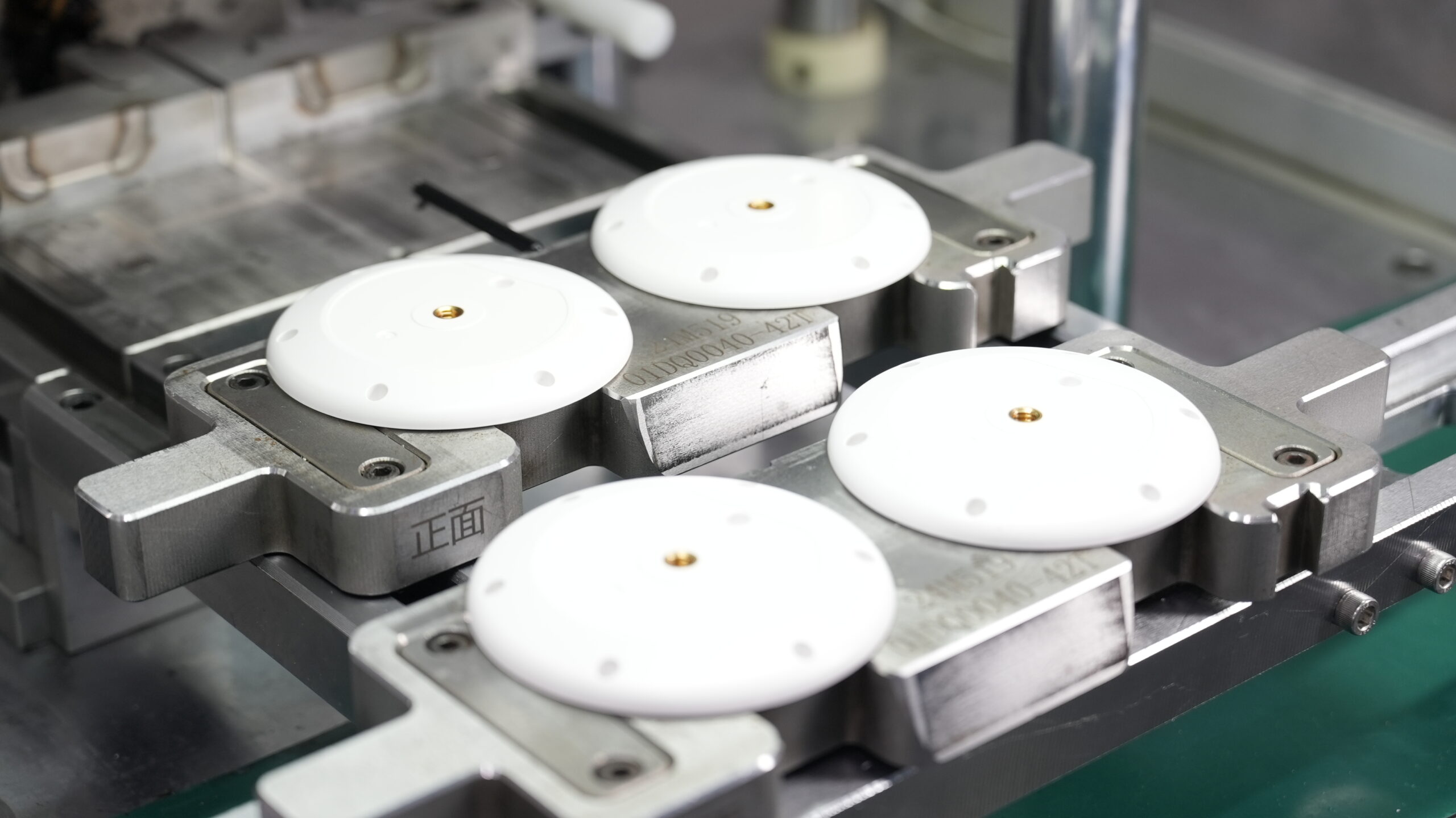
You face extreme environments where a high-temperature resistant battery becomes essential. High-temperature resistant battery systems ensure your equipment operates under intense heat. High-temperature resistant battery packs maintain performance when exposed to fire. High-temperature resistant battery design enhances safety. High-temperature resistant battery solutions support mission-critical reliability.
Key Takeaways
Prioritize thermal protection structures in battery design to shield against extreme heat. Use advanced materials like ceramic coatings and aerogel insulation to maintain battery stability during firefighting operations.
Integrate glass fiber jackets for added protection. These jackets enhance durability and prevent heat spread between battery cells, ensuring safety in high-temperature environments.
Implement a robust battery management system (BMS) to monitor temperature and prevent overheating. This system activates protective measures, ensuring reliable performance in hazardous conditions.
Part 1: High-Temperature Resistant Battery Design

1.1 Thermal Protection Structures
You operate firefighting and rescue robots in environments where extreme heat can compromise battery safety and performance. To address this, you must prioritize thermal protection structures in your battery design. These structures act as the first line of defense against high temperature exposure. By integrating advanced insulation materials and multi-layered barriers, you can shield the battery from direct flame and radiant heat.
Thermal protection structures often use ceramic-based coatings or aerogel insulation. These materials withstand temperatures exceeding 1000°C, ensuring the battery pack remains stable even during intense firefighting operations. You should also consider the placement of thermal barriers within the battery enclosure. Strategic positioning prevents heat from reaching sensitive battery cells, reducing the risk of thermal runaway.
Tip: Always validate your thermal protection structures through rigorous fire simulation tests. This ensures your battery design meets the demands of real-world rescue scenarios.
1.2 Glass Fiber Jackets
Glass fiber jackets provide an additional layer of defense for your battery system. These jackets wrap around the battery pack, offering superior resistance to both high temperature and mechanical impact. Glass fiber materials do not combust easily and maintain structural integrity under stress.
You benefit from glass fiber jackets because they combine lightweight properties with exceptional durability. This makes them ideal for mobile robotics applications, including robotics platforms used in firefighting. The jackets also help prevent the spread of heat between adjacent battery cells, further enhancing safety.
Advantages of Glass Fiber Jackets:
High melting point (above 800°C)
Excellent electrical insulation
Resistance to chemicals and moisture
Enhanced impact protection
By integrating glass fiber jackets into your battery design, you ensure the battery system can withstand both thermal and physical hazards encountered during rescue missions.
1.3 Temperature Protection Mechanisms
You must implement robust temperature protection mechanisms to guarantee battery reliability in extreme conditions. These mechanisms include thermal sensors, automatic shutdown circuits, and advanced battery management system integration.
Thermal sensors continuously monitor the temperature of each battery cell. If the temperature exceeds safe limits, the battery management system triggers protective actions, such as disconnecting the battery or activating cooling systems. This proactive approach prevents overheating and potential explosions.
Note: The battery management system (BMS) plays a critical role in temperature regulation, overcharge prevention, and real-time diagnostics.
Waterproofing and impact resistance also contribute to battery reliability. You should select enclosure materials with high ingress protection (IP) ratings to prevent water and dust from entering the battery pack. Reinforced casings absorb shocks and vibrations, protecting the battery during rough handling or accidental drops.
Lithium Battery Chemistry Comparison
Selecting the right lithium battery chemistry is essential for high-temperature applications. The table below compares common chemistries used in firefighting and rescue robots:
Chemistry | Platform Voltage (V) | Energy Density (Wh/kg) | Cycle Life (cycles) | Key Features |
|---|---|---|---|---|
LiFePO4 | 3.2 | 100-180 | 2000-5000 | High thermal stability, long cycle life |
NMC | 3.7 | 160-270 | 1000-2000 | High energy density, moderate thermal stability |
LCO | 3.7 | 180-230 | 500-1000 | High energy, lower cycle life |
LMO | 3.7 | 120-170 | 300-700 | Good thermal stability, moderate cycle life |
LTO | 2.4 | 60-90 | 10000-20000 | Exceptional cycle life, excellent safety |
You should choose LiFePO4 or LTO chemistries for applications requiring maximum temperature resistance and safety. These options offer stable performance and long service life, making them ideal for firefighting robots and other critical industrial or infrastructure applications.
For more on lithium battery chemistries and their applications in medical, security, and consumer electronics sectors, see our related guides.
By combining advanced thermal protection structures, glass fiber jackets, and intelligent temperature protection mechanisms, you create a battery system that excels in high-temperature, high-risk environments. This approach ensures your firefighting and rescue robots deliver reliable performance when it matters most.
Part 2: Explosion-Proof and Reliable Battery Systems

2.1 Explosion-Proof Engineering
You operate in environments where a single spark or battery fault can lead to catastrophic consequences. Explosion-proof engineering stands as your first line of defense. You must design lithium battery packs with robust containment structures that prevent internal faults from escalating. These structures use custom venting systems and reinforced enclosures to contain pressure and heat. You also need to select materials that resist ignition and withstand high impact.
Custom explosion-proof features include flame-retardant coatings, pressure relief valves, and advanced sealing techniques. These features ensure that, even if a cell fails, the battery system contains the event and prevents propagation. You should always test your custom lithium battery packs under simulated hazardous conditions to validate explosion-proof performance. This approach delivers safety assurance and operational safety for mission-critical applications in firefighting, industrial, and infrastructure scenarios.
Tip: Choose lithium chemistries like LiFePO4 or LTO for their inherent thermal stability and explosion resistance.
2.2 Battery Management System
A custom battery management system (BMS) forms the backbone of safety and performance in your lithium battery packs. You rely on a custom BMS to monitor voltage, current, and temperature across every cell. This system detects overcharging, overheating, and short circuits, then activates protection protocols to prevent damage.
You benefit from custom BMS solutions that offer modularity and scalability. These systems adapt to different battery configurations and mission-critical applications. Custom BMS solutions provide advanced algorithms for balancing cells, optimizing battery efficiency, and extending service life. You can integrate a custom lithium battery BMS with your robotics platform to ensure seamless communication and real-time diagnostics.
Key safety features of custom BMS solutions:
Overcharge protection
Over-discharge protection
Short-circuit protection
Temperature protection
Cell balancing
Custom BMS solutions deliver safety assurance and operational safety by preventing faults before they escalate. You achieve maximum battery performance and reliability, even in the most demanding environments.
2.3 Real-Time Monitoring
You need real-time monitoring to maintain battery safety and performance in hazardous environments. Real-time monitoring systems continuously track battery status, providing instant feedback on voltage, current, temperature, and state of charge. This approach enables you to detect faults early and take corrective action before issues become critical.
Real-time monitoring oversees battery status at all times, allowing you to identify faults quickly.
Intelligent fault detection systems use machine learning to spot unusual patterns that signal potential problems.
Proactive monitoring lets you intervene early, preventing major failures and keeping battery performance within safe limits.
You can integrate real-time monitoring with your custom lithium battery BMS to automate alerts and safety protocols. This integration supports mission-critical applications by maximizing operational safety and safety assurance. Real-time monitoring also helps you optimize charging cycles and battery efficiency, reducing downtime and maintenance costs.
2.4 Compliance Standards
You must ensure your lithium battery systems meet strict compliance standards for safety and reliability. Industry standards such as UL 1642, IEC 62133, and UN 38.3 set benchmarks for battery performance, protection, and operational safety. You should always verify that your custom lithium battery packs pass all required tests, including thermal, electrical, and mechanical assessments.
Standard | Focus Area | Key Requirements |
|---|---|---|
UL 1642 | Lithium Battery Safety | Overcharge, short-circuit, impact, heating |
IEC 62133 | Portable Battery Safety | Electrical, mechanical, environmental |
UN 38.3 | Transport Safety | Altitude, thermal, vibration, shock |
You gain safety assurance and reliability by adhering to these standards. Compliance also supports your reputation in the medical, security, robotics, and consumer electronics sectors. Always document your compliance process and keep records of all test results.
By combining explosion-proof engineering, custom BMS solutions, real-time monitoring, and strict compliance, you create lithium battery systems that deliver unmatched safety, performance, and reliability for mission-critical applications.
You achieve the highest safety and reliability by integrating advanced battery materials, robust thermal protection, and explosion-proof features. Intelligent battery management systems further enhance performance. For your next project, explore our custom battery solutions and ensure your battery system meets every mission-critical demand.
FAQ
What makes a lithium battery system from Large Power suitable for emergency responses in firefighting robots?
You gain robust safety and reliability. Large Power custom battery solutions use advanced thermal protection, explosion-proof engineering, and real-time monitoring to support critical emergency responses.
How does a battery management system improve operational safety in lithium battery packs?
You benefit from continuous monitoring. The system detects faults, prevents overcharge, and manages temperature, ensuring your battery operates safely during every emergency.
Can you customize a battery for unique industrial emergency requirements?
You can request custom lithium battery packs from Large Power. The team tailors solutions for your specific emergency needs, ensuring reliable performance in all emergency scenarios.






